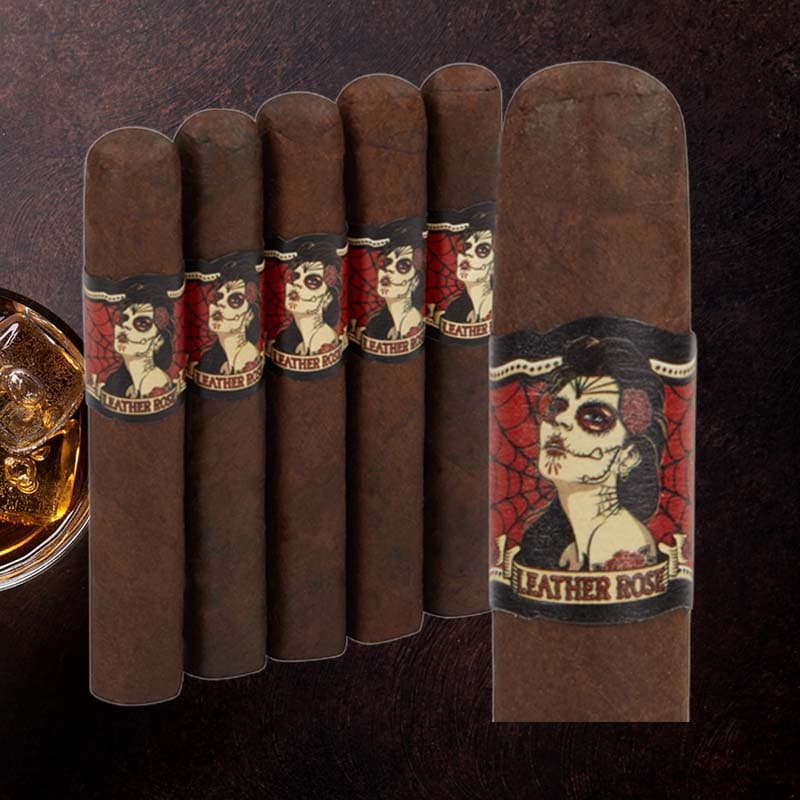How to add lighter fluid to a torch lighter
As a passionate cigar connoisseur, there’s nothing quite like the thrill of lighting up a fine cigar with a reliable torch lighter. However, an empty lighter can quickly dampen my spirits. I remember the first time my lighter ran out of fluid right before a relaxing evening on the patio. It was frustrating! That’s why I decided to learn how to add lighter fluid to a torch lighter, a skill that has since elevated my smoking experiences. Let’s walk through the process together.
Step 1: Prepare Your Work Area
First things first, having a neat workspace is essential for a hassle-free refill. I like to do this outside or in a well-ventilated area to avoid inhaling any fumes. Gather all necessary tools on a table or a flat surface, ensuring everything is within arm’s reach.
Items to Gather
- Butane lighter refill
- Clean cloth or paper towel
- Safety goggles (optional but recommended)
- Fireproof surface (e.g., metal tray)
Step 2: Allow the Lighter to Cool
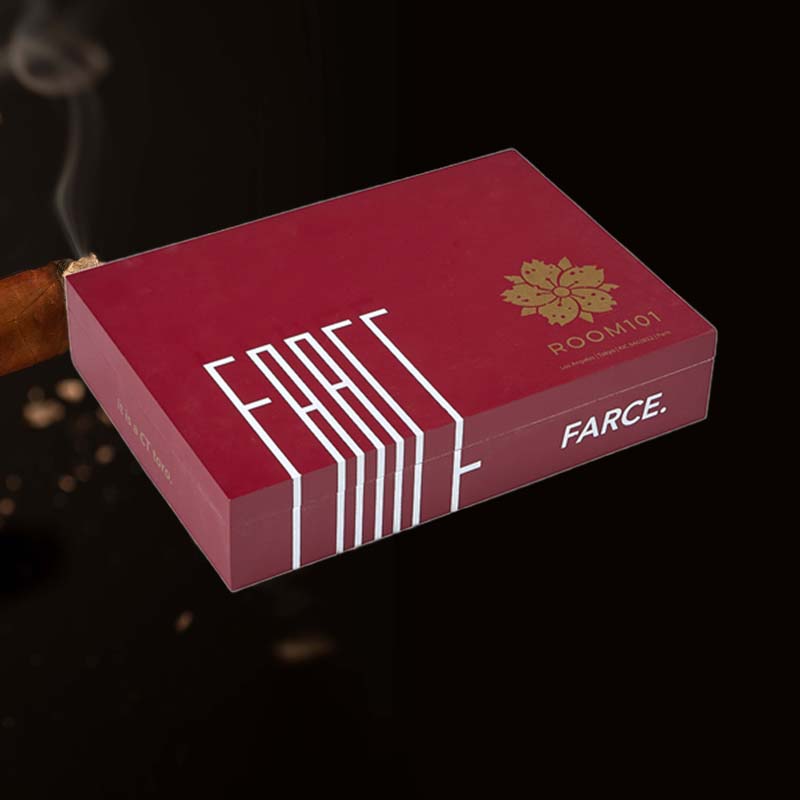
If you’ve just used your torch lighter, it’s critical to let it cool down. Nothing like burnt fingers to spoil the day! I always give it at least 10-15 minutes to ensure that it’s at a safe temperature before proceeding.
Step 3: Adjust the Flame to the Lowest Setting

Next, I turn down the flame adjuster on my lighter to the lowest setting. This minimizes the chance of a butane explosion while refilling, promoting safer handling of the lighter. It’s a simple step, but every precaution counts!
Step 4: Purge the Lighter
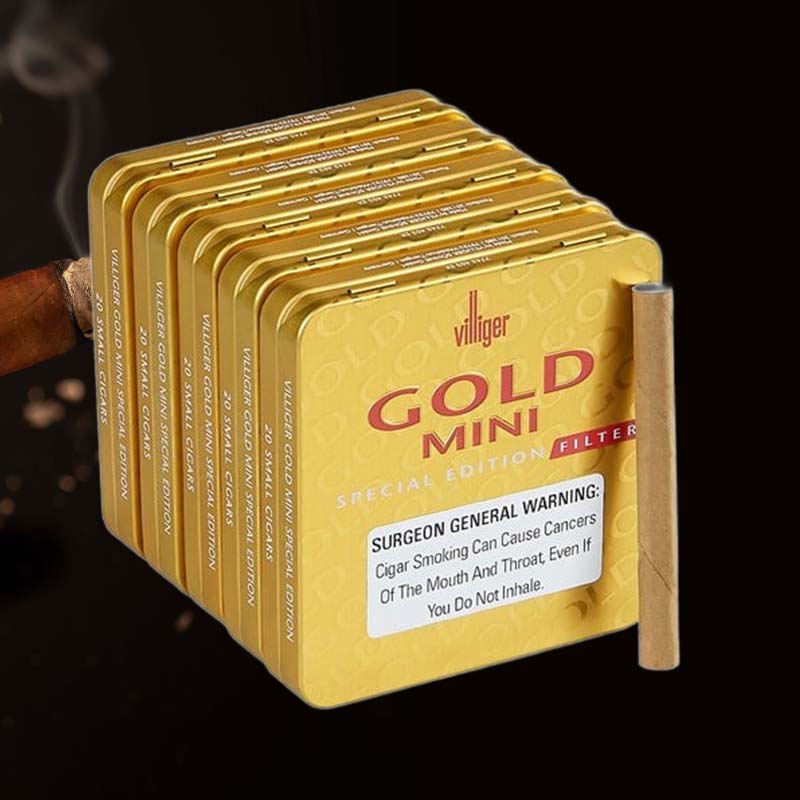
Before injecting new butane, it’s crucial to purge the old gas. I use a small tool to press the refill valve gently until no gas escapes, allowing any trapped air or old butane to escape. This ensures optimal performance when I refill it.
Step 5: Inject Butane into the Refill Valve
Time to refill! I hold the butane can upside down and line the nozzle directly with the refill valve. With a steady hand, I press down firmly and fill for about 5-10 seconds. You’ll hear a hissing sound as the lighter fills with gas, which is perfectly normal. I usually refill until I see the fluid start to overflow slightly.
Step 6: Rest the Lighter
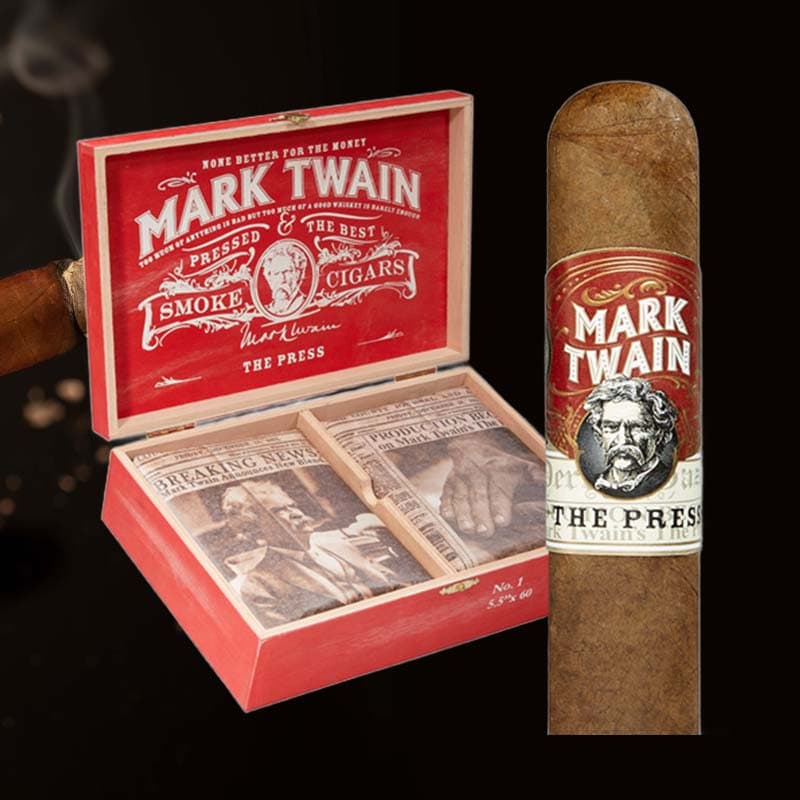
After refilling, I leave my lighter standing upright for about 5-10 minutes. This allows any excess gas to settle and ensures a safe ignition when I go to use it. Patience is key!
Step 7: Test the Lighter Operation
Finally, it’s time for the moment of truth! I turn the flame adjuster back up and ignite the lighter. If it sparks to life, I’m set to enjoy my cigar. If not, it may be worth checking for any errors made during the refill.
Safety Considerations

Handling butane requires caution. I prioritize safety by avoiding open flames and keeping the refill process away from children or pets. Always ensure you’re in a well-ventilated area.
Special Precautions for Handling Butane
- Avoid inhaling fumes.
- Keep away from heat sources.
- Store butane in a safe location, upright if possible.
Tools You Need to Refill Your Torch Lighter
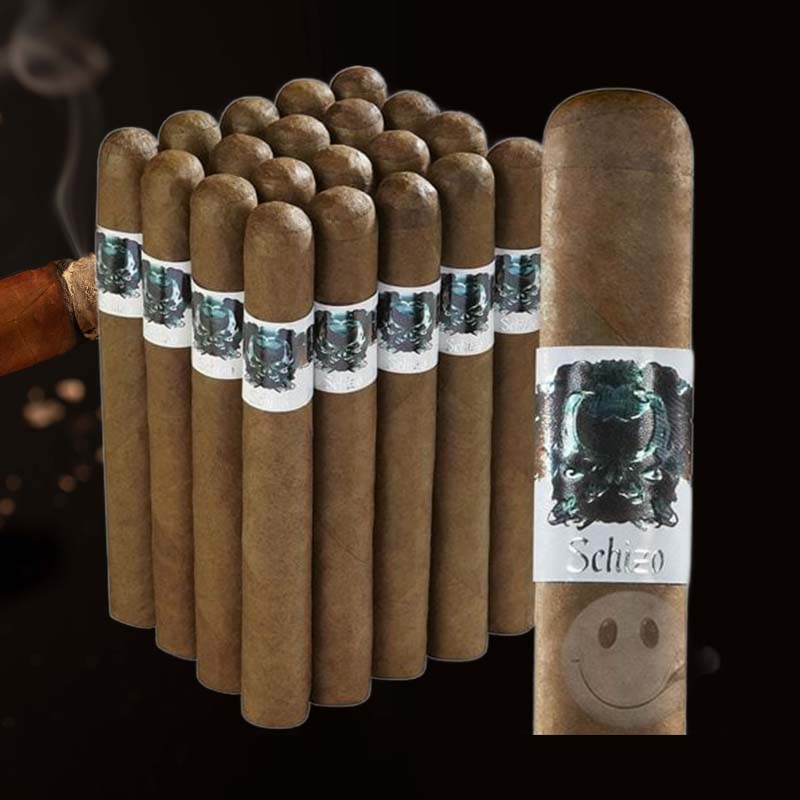
Essential Tools for a Safe Refill
When I refill my torch lighter, I always have these essentials by my side:
- High-quality butane canister
- Round-headed screwdriver for purging
- Clean cloth for any spills
Troubleshooting Your Torch Lighter

Common Issues After Refilling
Sometimes, despite my best efforts, I encounter some issues. If the lighter doesn’t ignite, I check if the flame is properly adjusted or if there’s air in the gas line. A quick purge often does the trick!
Tips for Maintaining Your Torch Lighter
Ensuring Longevity of Your Lighter
To keep my torch lighter in top shape, I clean it regularly. I use a soft cloth to wipe the exterior and ensure the nozzle is free from residue. This helps maintain the quality of each flame.
Understanding Lighter Fluid vs. Butane

Differences and When to Use Each
While lighter fluid is prevalent in standard lighters, butane is specifically designed for torch lighters. I’ve experienced a cleaner burn with butane, leading to a better overall smoking experience compared to traditional fluid.
FAQs About Torch Lighters
Common Questions and Answers
Often, I’ve been asked how to refill different types of lighters. Simply, for any lighter, the refill method varies slightly based on the design, but the basics remain consistent: purge, refill, and test.
Additional Resources for Torch Lighter Users
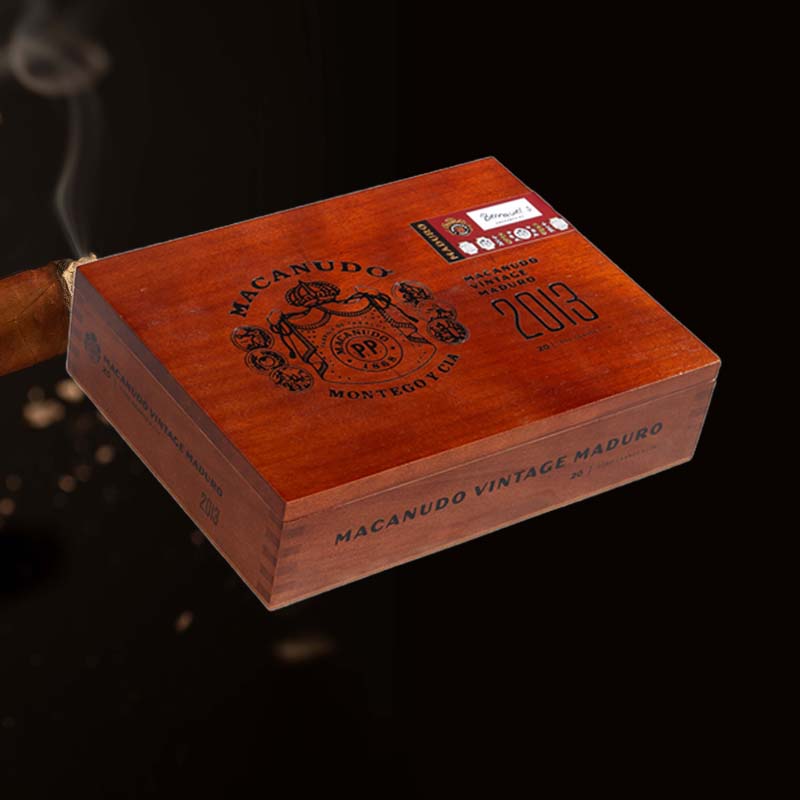
Where to Find More Information and Help
I recommend checking out online cigar forums or reputable tobacconist blogs for detailed guides and community tips. Personal experiences shared by fellow enthusiasts can be incredibly helpful!
How do you put lighter fluid in another lighter?
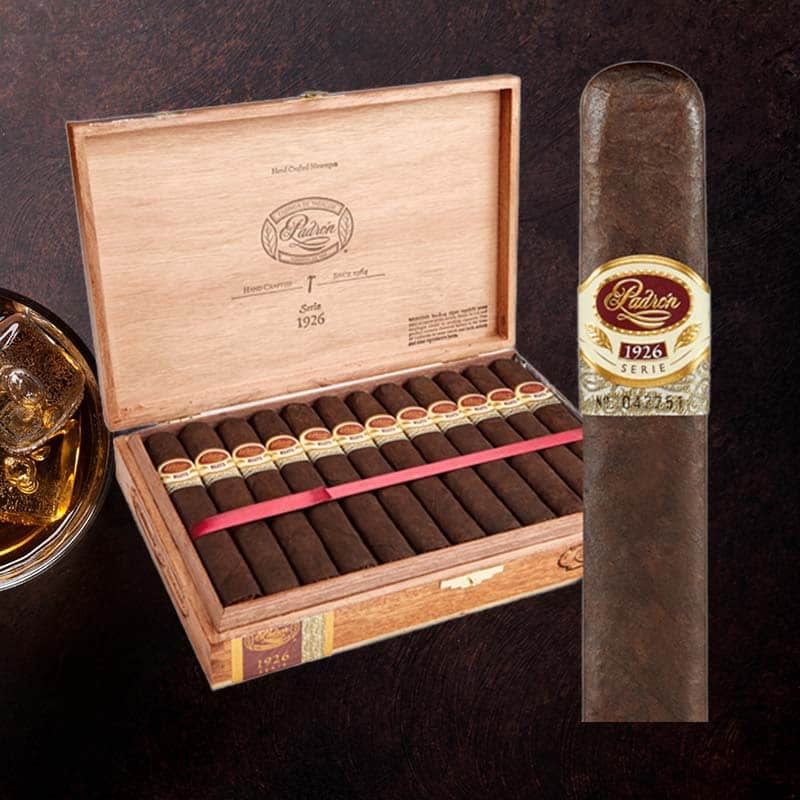
The process for other lighters is generally similar: ensure it’s cool, purge the old fluid, and refill with the appropriate lighter fluid or butane as needed.
How do you put lighter fluid in a metal lighter?

For metal lighters, you’ll follow the same basic steps; look for the refill valve typically located at the bottom of the lighter.
Can you put more lighter fluid in a lighter?
Yes, you can refill as needed, but ensure not to overfill to prevent leaks or unsafe pressure build-up.
How to refill a candle lighter with lighter fluid?

Refilling a candle lighter will depend on its design, but you generally find the refill valve at the bottom and use similar procedures as torch lighters for a successful refill.





